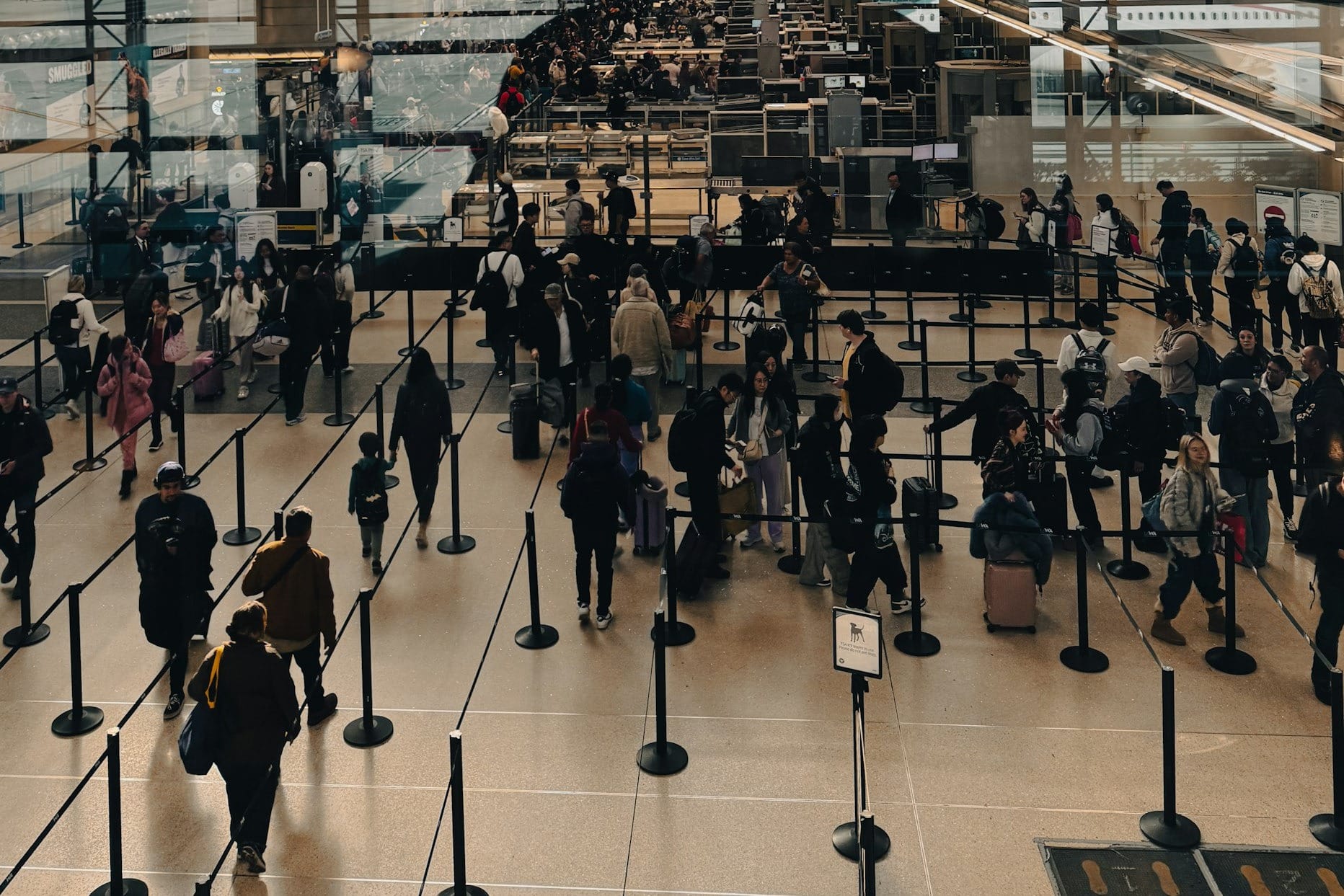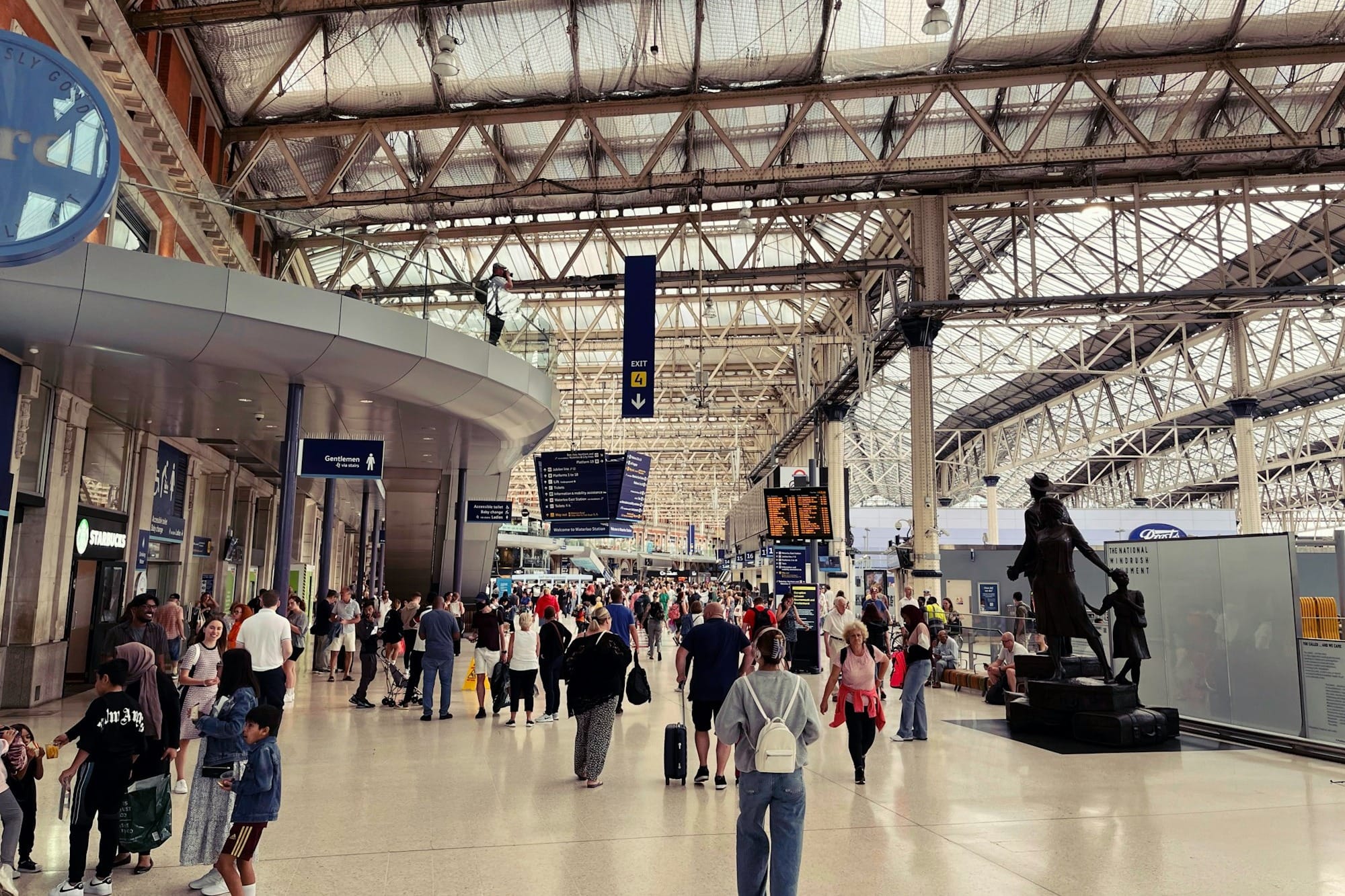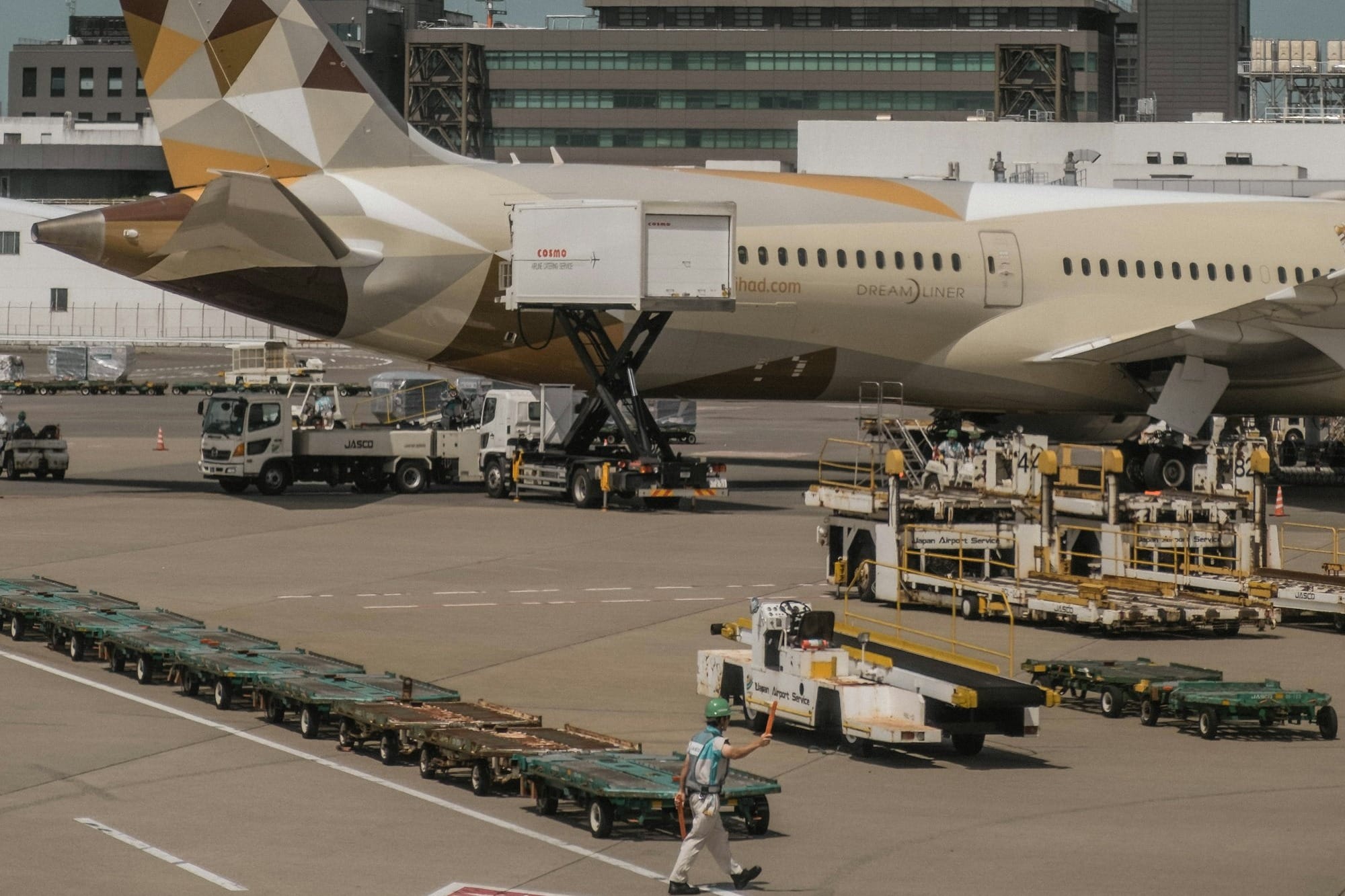The Airport as a Microcosm of Human Systems

Every time I walk through an airport, I’m struck by the choreography of it all: families juggling suitcases, business travelers pacing during calls, signage trying to cut through a fog of fatigue and urgency. It’s easy to think of airports as simply functional infrastructure—a way to get from point A to point B—but if you look closer, they’re something more. Airports are one of the purest reflections of how human systems operate under pressure. From signage and security to emotion and movement, the airport is a living, breathing map of how we design for complexity, negotiate friction, and try to make order out of chaos. As a frequent flier, I’ve learned to see them less as places of transit and more as windows into ourselves.

Wayfinding and the Challenge of Navigating Distraction
Navigating an airport is a test of both our instincts and the design that guides them. The best airports make it feel effortless: arrows point decisively, gate numbers follow a consistent logic, and symbols transcend language barriers. But good wayfinding doesn’t happen by accident. It’s the product of intentional design that anticipates a traveler’s mental state. Most people arrive at airports distracted—rushed, anxious, juggling devices and bags, possibly operating in a second language. Wayfinding must cut through all that noise.
One reason this challenge is so rich is because wayfinding isn’t just about signs—it’s about shaping behavior. Designers use color, lighting, flooring materials, and even scent to nudge people in the right direction. Schiphol Airport in Amsterdam, for example, famously uses colored lines on the floor to guide passengers between terminals. Singapore’s Changi Airport employs nature and open space to calm the nervous system and reduce decision fatigue. The effectiveness of these systems isn’t measured by whether people notice the signage, but by whether they move confidently without needing to stop and ask. Airports aren’t designed for standing still; they’re designed for flow.
From a regular flier’s perspective, you learn to subconsciously assess a terminal’s usability within moments. You start to notice the difference between airports that anticipate your journey and those that feel like a maze. It’s not just about aesthetics. It’s about cognitive load. In Chicago or Houston, I know I can scan my environment and plot my next five moves. But in older or poorly renovated terminals, like parts of LaGuardia or LAX, my brain stays in a low-grade state of alert, scanning for missing cues. Over time, this makes a huge difference—not just in efficiency, but in mental wellbeing.

Security Systems and the Architecture of Fear
Airport security is perhaps the most overt expression of our collective anxieties. It is where national policy, technology, psychology, and human behavior collide. It’s also one of the few spaces in modern life where we submit ourselves—willingly—to invasive scrutiny. The TSA line, the body scanner, the X-ray tray ballet: these are rituals of modern travel. They’re also mirrors of what a society values and fears.
Security systems are designed with a paradox in mind: they must be rigorous yet humane, standardized yet adaptable, intimidating yet efficient. And because the stakes are high, the human system around it often becomes rigid. As a frequent flier, I’ve experienced both ends of the spectrum. In some airports, security feels almost ceremonial—efficient, polite, designed with dignity. In others, it feels adversarial, a place where travelers become suspects and employees become enforcers. That difference often comes down to training, layout, and staffing—not just the machines.
Security design also reflects our evolving relationship with risk. Post-9/11, airports transformed overnight into spaces of suspicion. Every shoe, bottle, and belt became a potential threat. In more recent years, with the rise of pre-check programs and biometric screening, we’ve seen an attempt to humanize the process, to segment travelers by risk profiles rather than subject everyone to the same blunt protocol. This shift reveals how much of security is psychological. We want to feel safe, but we don’t want to feel humiliated. The challenge is to design a system that reassures without dehumanizing. That tension plays out in every pat-down and plastic tray.

Movement and the Science of People Flow
Perhaps no environment handles human movement at scale like an airport. Thousands of people arriving, queuing, transferring, eating, waiting, leaving—all with different destinations and emotional states. Managing that movement is a science. Crowd modeling, queue theory, behavioral psychology, and industrial engineering all come into play. Airports are laboratories of motion, and the stakes are high: a poorly designed corridor can lead to bottlenecks, missed flights, and frayed nerves.
Flow depends on anticipation. Escalators, moving walkways, seating arrangements—these aren’t just conveniences; they’re tools to manage pace and density. Designers must account for peak loads, late passengers sprinting, elderly travelers who need more time, and families with strollers. And it’s not just the architecture that matters. Personnel play a huge role. Agents at gates, attendants at kiosks, and even janitorial staff become waypoints in a sea of uncertainty. Their positioning and demeanor can either support the flow or become another obstacle.
I’ve come to appreciate the subtle differences in people flow strategy. Atlanta’s Hartsfield-Jackson, despite its size, maintains impressive throughput because it relies on a train-based inter-terminal connector and wide walkways. O’Hare in Chicago, by contrast, often feels like an obstacle course. The way terminals are split and the narrowness of certain halls generate stress, especially during delays. You start to intuit what airports value by how they manage their crowds: do they provide room for you to pause, to reroute, to breathe? Or do they funnel you like cattle, forcing momentum even when all you want is a moment to think?

Emotional Currents in a Space of Transition
Airports are emotional kaleidoscopes. Joy, grief, excitement, boredom, fear—all these emotions coexist, often within feet of each other. You might see a soldier return home to open arms next to someone weeping into a boarding pass. This emotional volatility isn’t incidental. It’s embedded in the airport’s function. It’s a place of transition, a liminal zone where people leave or arrive but rarely stay. That instability creates a unique emotional climate.
Designing for emotion means understanding stress triggers. Lines, delays, confusing signage, poor communication—these aren’t just annoyances; they can tip people into panic or rage. Emotional design in airports involves everything from the acoustics of announcements to the tone of public address systems. Natural light, greenery, and even art installations are deployed to soothe and humanize the space. Helsinki Airport’s silent resting pods and Zurich’s observation decks are examples of infrastructure acknowledging that people need more than seats and sockets. They need places to feel like themselves again.
For frequent fliers, airports become familiar yet emotionally charged terrain. You learn to steel yourself against the irritations—to build a buffer zone of patience. But you also learn to spot the pockets of comfort: the reliable coffee vendor, the overlooked corner with a wall outlet, the quiet gate area far from the crowds. These become rituals, small forms of emotional self-regulation in an otherwise unpredictable environment. Over time, these emotional strategies become as important as your luggage.

Behind the Curtain of Airport Logistics
Beneath every airport is an invisible logistics engine humming at full speed. Baggage systems, fuel trucks, catering, maintenance, weather monitoring, air traffic control, cleaning crews, deicing operations—it’s staggering how many independent systems must synchronize to keep planes arriving and departing on time. The visible airport is just the tip of the iceberg. The real work happens in the shadows, where timing and redundancy are everything.
This system is one of high complexity and low tolerance for error. A single delay can ripple outward through dozens of other flights. Systems thinking and contingency planning are paramount. In some ways, airports are the ultimate manifestation of the supply chain ethos: tight coordination, high throughput, and little room for waste. Every plane turnaround is a symphony of micro-tasks that must align within tight windows. If one truck doesn’t refuel on time, or if one gate isn’t cleared, the whole flow backs up.
Considering I work for an airline, I’ve developed an appreciation for these logistics. You start to notice patterns: which airlines handle weather delays better, which airports recover quickly after snow, which gates are notorious for long baggage waits. These aren't just technical issues—they’re systemic behaviors. The airport becomes a living experiment in resilience, showing us what happens when complex systems face constant stress, and whether they've been built to bend or break.
What Airports Teach Us About Human Systems
The airport, in all its overwhelming sprawl, is more than a place to catch a flight. It’s a concentrated model of how human systems strive—and often struggle—to balance order with chaos, efficiency with empathy. It’s a built environment that forces us to contend with design at its most consequential: guiding people, managing fear, choreographing movement, and solving problems in real time. It’s also a space that reveals what we prioritize: speed or care, control or dignity, simplicity or scale.
To travel frequently is to become a quiet student of these systems. Over time, you begin to appreciate the invisible work that holds them together—and the invisible strain when they fail. Airports may never be perfect. But they remain one of the most revealing arenas for how humans attempt to structure experience under pressure. And if we pay attention, they just might teach us how to do it better.





